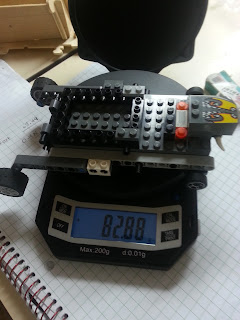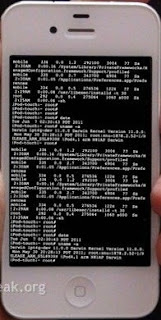First of all let's start by defining some terms that we will be mentioning during this Physics blogpost.
Momentum:
Momentum is a measure of an object's inertia of motion. Momentum refers to the quantity of motion that an object has. If an object is in motion then it has momentum. Momentum can be defined as "mass in motion." All objects have mass; so if an object is moving, then it has momentum - it has its mass in motion. Momentum depends upon the variables mass and velocity. Momentum is directly proportional to an object's mass and directly proportional to the object's velocity. In order to stop an object with momentum, a greater opposite force need to be applied.
For this that we stated, we can ilustrate the formula for momentum as follows:
p = m • v
*Note: "p" stands for momentum.
Impulse:
In Physics, impulse is the product of multiplying the quantity Force by Time. And since the quantity m•v is the momentum, the quantity m•Δv must be the change in momentum. The equation really says that the impulse is the change in momentum.
Now the we know what these terms are, it's easier for us to relate Physics with our football.
Momentum in Football:
We all have a mass and we said that momentum is mass in motion, so if we run that's motion, therefore we have momentum.
Impulse in Football:
We said that impulse is the change in momentum so if the mass doesn't change, impulse is the same mass times the change in velocity. So, if I were running across the field with the ball and sudenly Alain comes and pushes me with ehough force in order to stop me, that would mean a change in velocity, which is impulse.
God is our momentum!
What happens when we apply a force strong enough to move an object? Bam! This object has momentum! This is exactly what happens with God, he is the force that we need in order to have momentum. Usually, you need a big amount of force to stop an object with momentum. This is the only difference between the momentum that a simple force gives and the momentum God gives. When your momentum is given by God, there's nothing that can stop you!
Now the we know what these terms are, it's easier for us to relate Physics with our football.
Momentum in Football:
We all have a mass and we said that momentum is mass in motion, so if we run that's motion, therefore we have momentum.
Impulse in Football:
We said that impulse is the change in momentum so if the mass doesn't change, impulse is the same mass times the change in velocity. So, if I were running across the field with the ball and sudenly Alain comes and pushes me with ehough force in order to stop me, that would mean a change in velocity, which is impulse.
God is our momentum!
What happens when we apply a force strong enough to move an object? Bam! This object has momentum! This is exactly what happens with God, he is the force that we need in order to have momentum. Usually, you need a big amount of force to stop an object with momentum. This is the only difference between the momentum that a simple force gives and the momentum God gives. When your momentum is given by God, there's nothing that can stop you!
 Picture taken from:
Picture taken from: 









